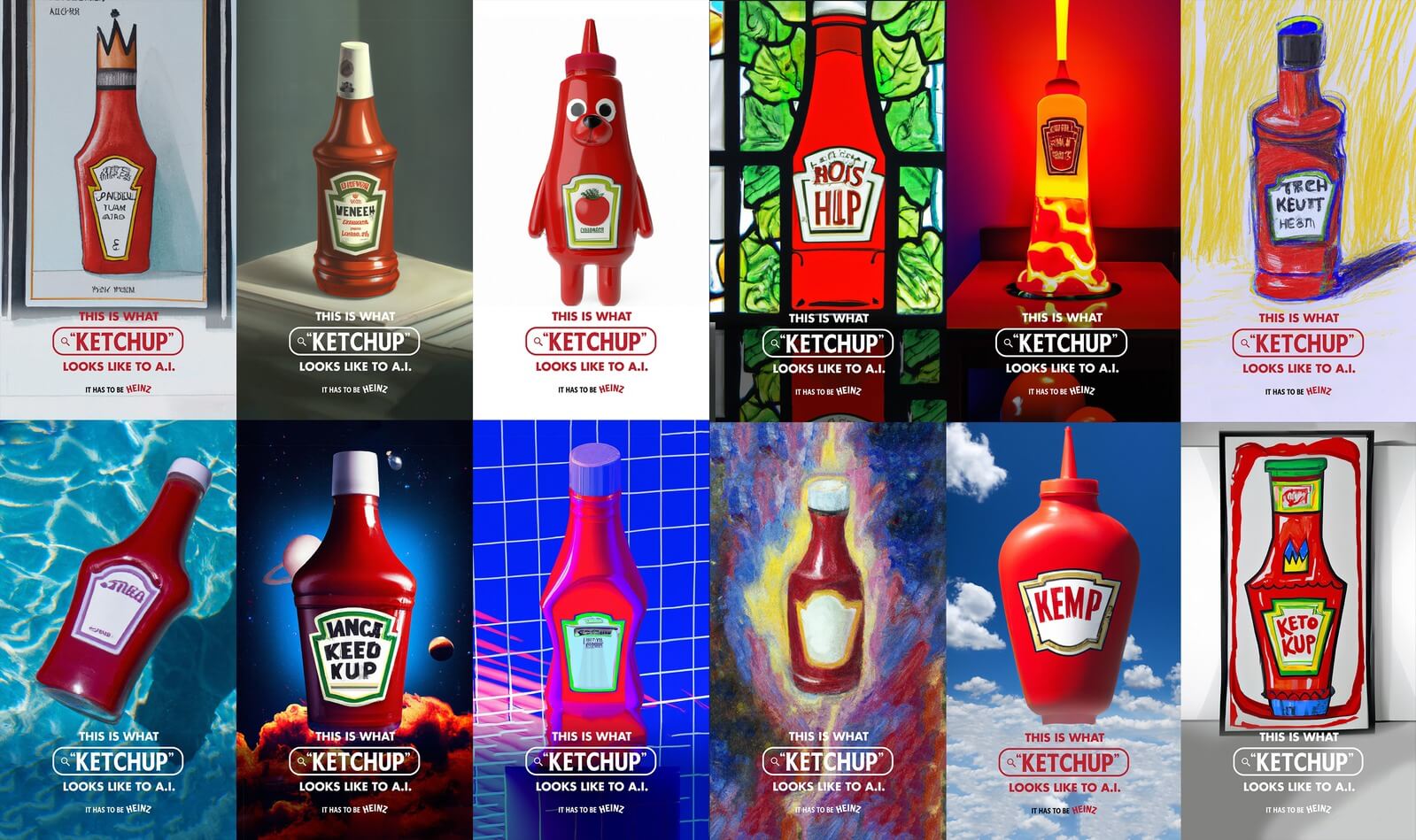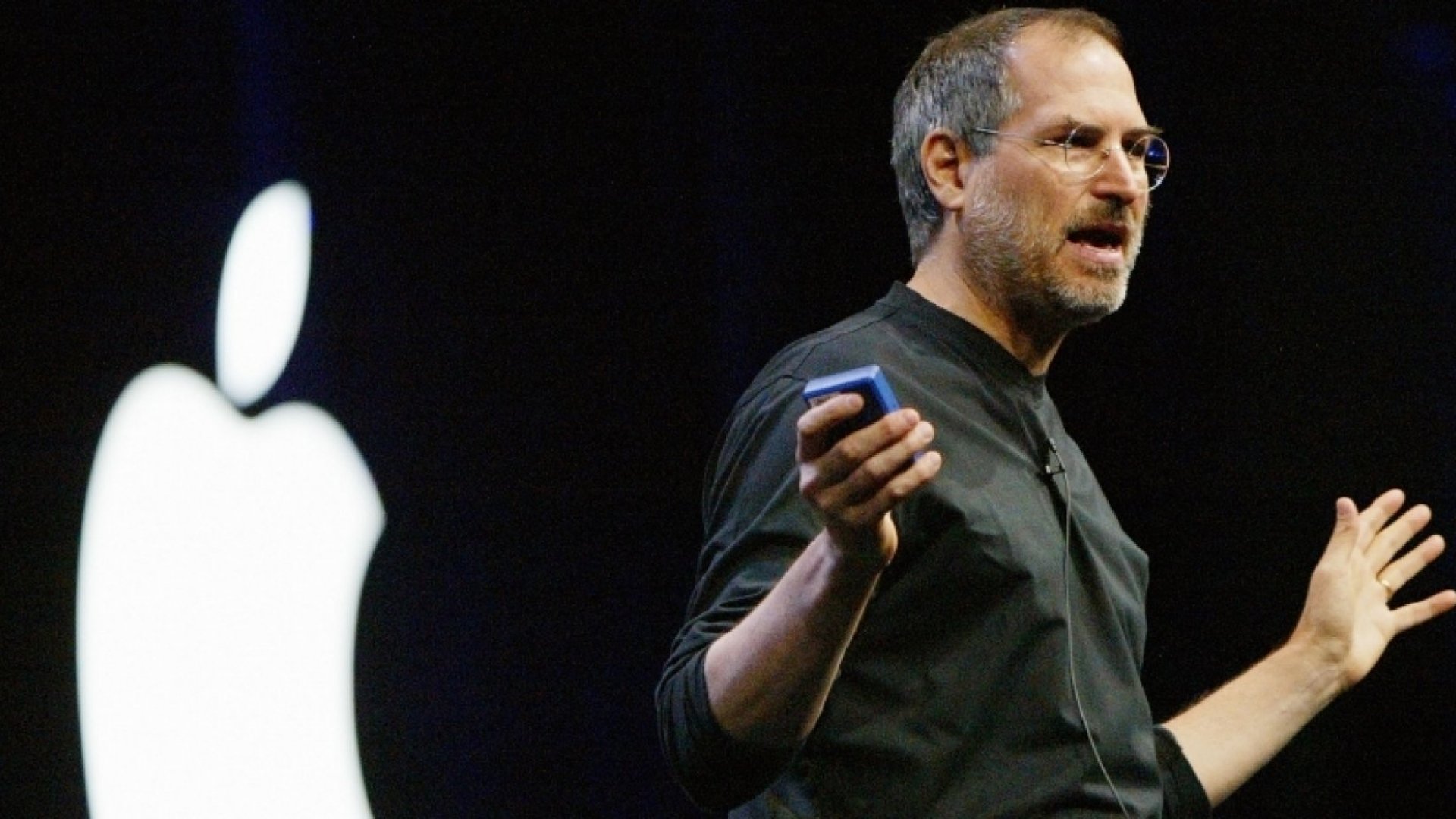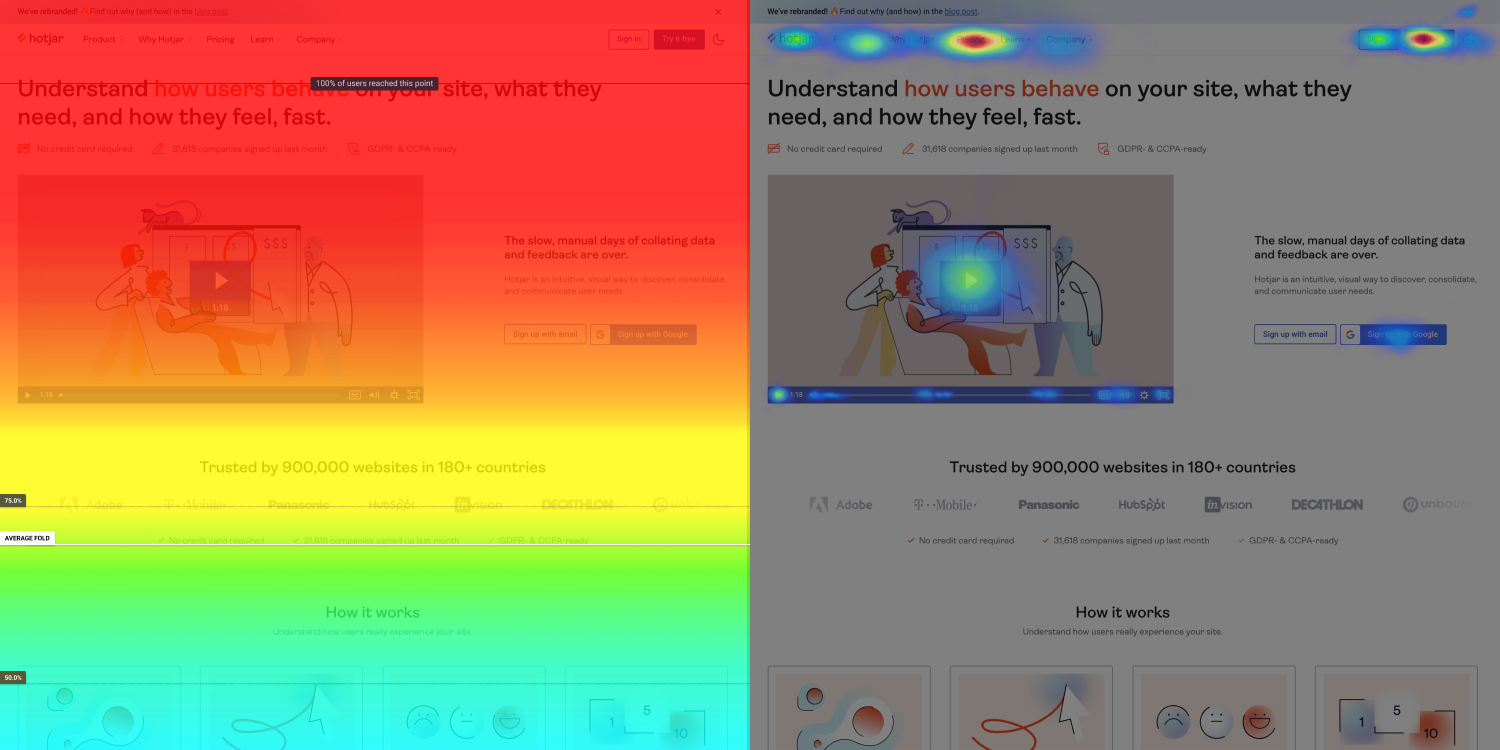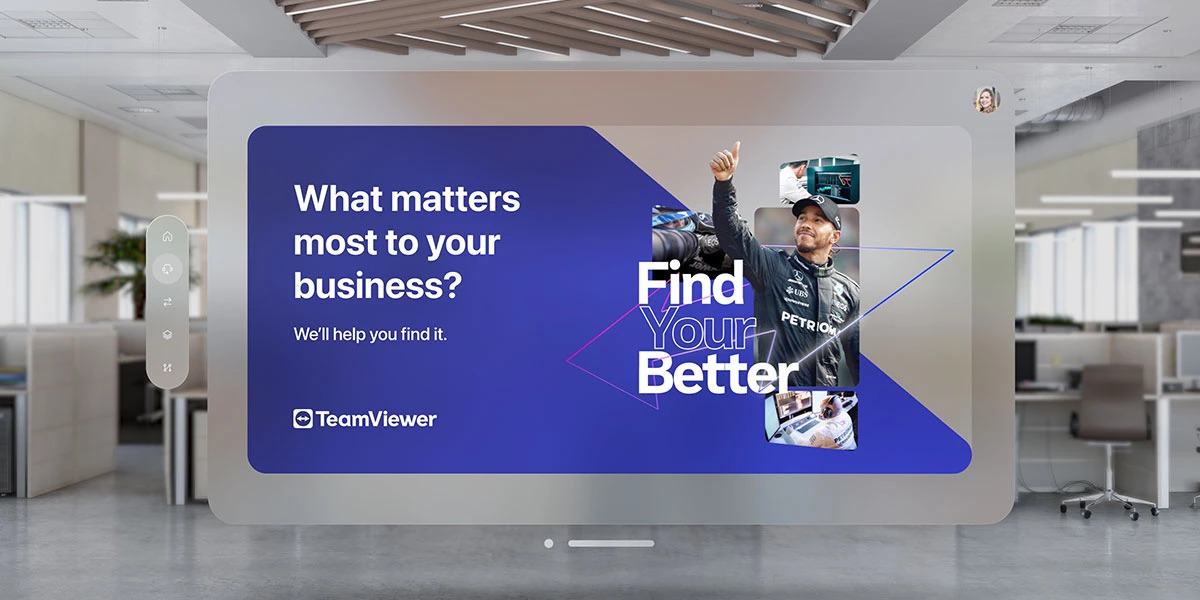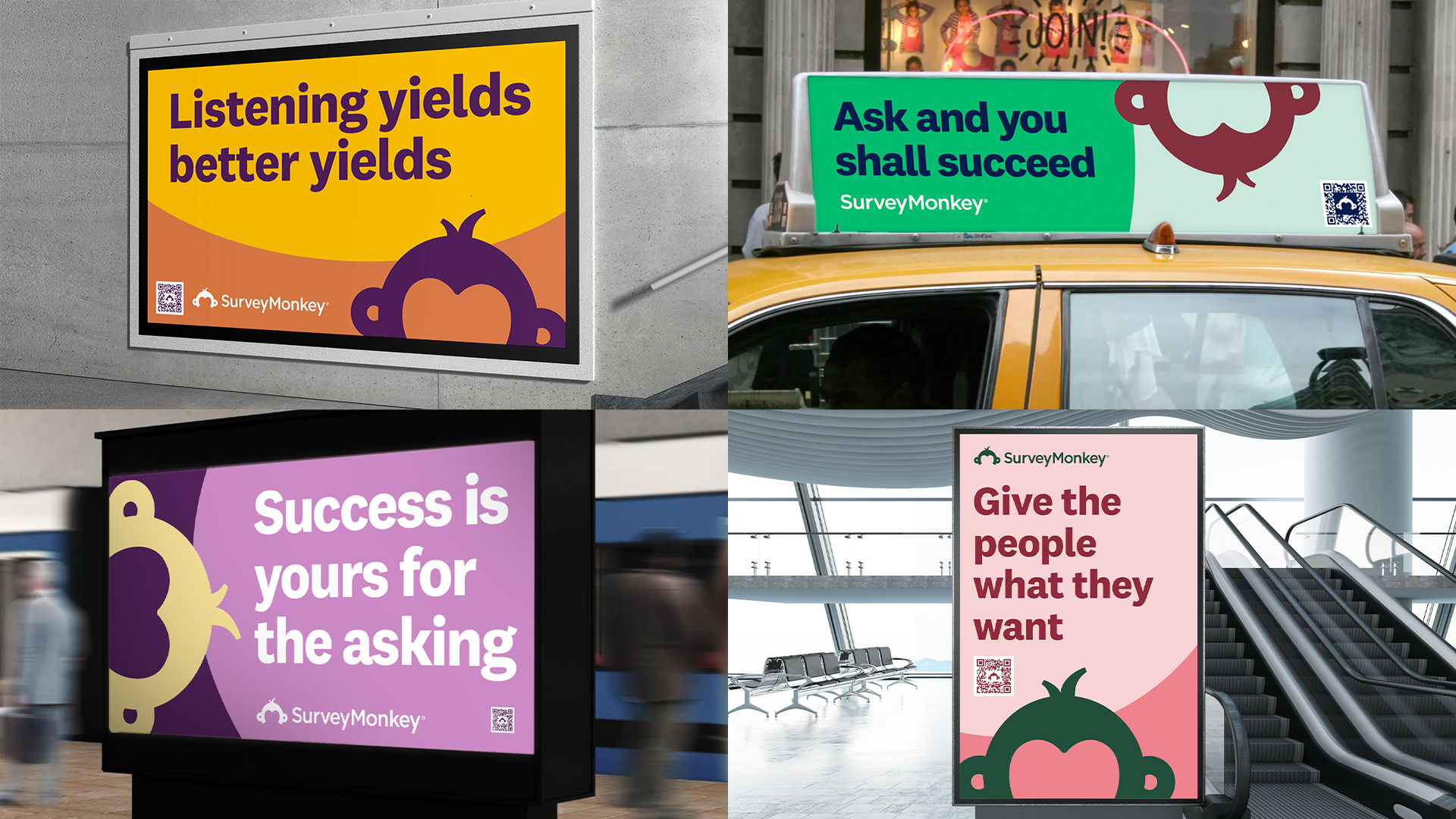Everything wrong with B2B performance marketing
By: Yumi Chow
November 13, 2024 | Reading Time: 10 mins
It’s a tough time to be a marketer. Faced with a looming recession and sky-high expectations, marketers are under serious pressure to justify every dollar spent.
Traditionally, B2B marketers have leaned on performance marketing to drive leads quickly. This approach, which focuses on paying for specific outcomes such as clicks or impressions, lets marketers run targeted campaigns across multiple paid channels. However, recent data tells us that relying solely on performance marketing costs businesses in the long run. Interbrand estimates that companies worldwide lost $200 billion in revenue in 2023 from overemphasizing performance marketing strategies.
If you’re noticing your performance marketing efforts struggling to gain traction lately, you’re not alone. It’s time to rethink how B2B approaches marketing as a whole.
B2B performance marketing pitfalls
1. Undervaluing the brand
With performance marketing eating up marketing budgets, brand-building often takes a backseat. But long-term brand perception is what truly shapes how customers view a business. Thought leadership, storytelling, and consistent messaging are what establish your brand as credible, and memorable, and keeps it top of mind.
Trust is everything in a B2B consumer’s decision-making process. Unlike someone impulse shopping for a new pair of shoes, B2B buyers are more risk-averse. Decisions take longer, with multiple stakeholders who assess fit, reliability, and alignment with overall business objectives. Hoping for a quick conversion without trust is like expecting a single date to lead to marriage.
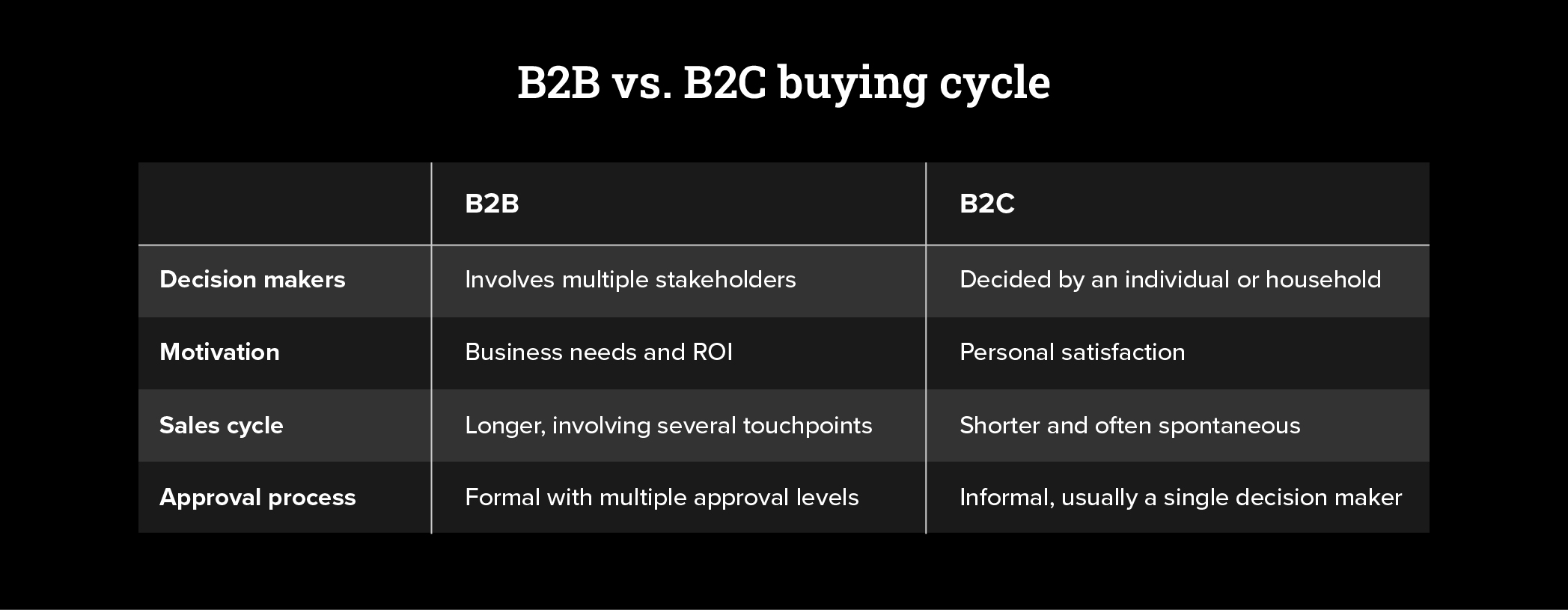
Only 5% of B2B buyers are ready to purchase at any given moment. When they are, they’ll choose a brand they recognize over an unknown competitor that’s running a few ads. A strong brand is what keeps your business top of mind when decision-makers are finally ready to make a move. And when we say invest in brand, we don’t mean put your logo on everything and call it a day. It’s about the messaging, content, promise, and overall feeling experienced by your audience over-time.
2. Overlooking long-term relationships
When resources are stretched thin, marketers often prioritize immediate key performance indicators like clicks and conversions. But focusing solely on quick wins overlooks the long-term loyalty that keeps customers coming back. Repeat buyers not only bring steady revenue but are also more likely to recommend your brand to others. Who doesn’t love a referral? It’s the ultimate act of brand advocacy.
Loyalty is about building an ongoing relationship that goes beyond a single sale. By developing campaigns that re-engage past customers and meet their evolving needs, you create advocates who bring value far beyond their initial purchase. Without fostering loyalty, performance marketing can become a cycle of brief interactions with no lasting connection.
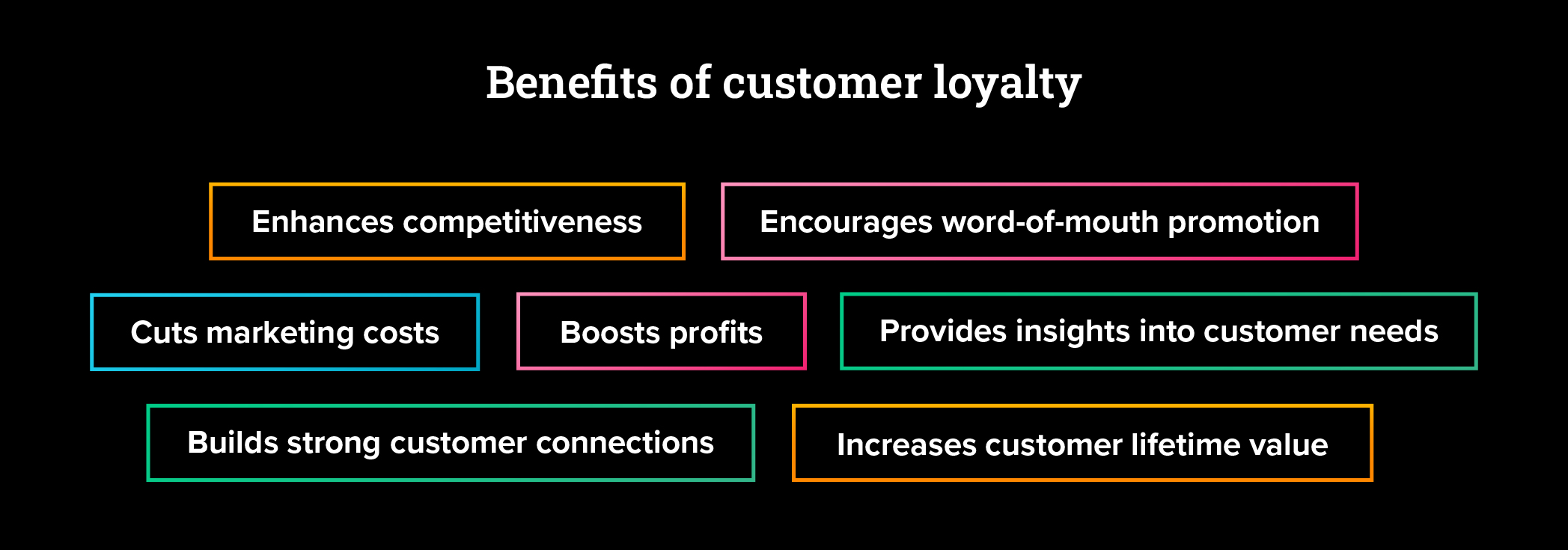
3. Intense competition
Over the past two decades, attention spans have plummeted from over two minutes to 45 seconds. Meanwhile, AI has lowered the barrier to entry for running ads. Before, launching an ad campaign required significant expertise, time, and budget. Now, anyone with an internet connection and a few bucks can launch an ad in minutes; regardless of how good those ads are, they still take up limited impressions. With more businesses vying for that limited attention, ad costs are climbing, consumers are overwhelmed, and everyone’s tuning out generic content and installing ad blockers.
Simply “showing up” on paid platforms doesn’t cut it anymore. Brands need a strong, distinct identity and authentic content that aligns with their audience’s challenges. This could mean using unique visuals such as a mascot, a memorable voice, empowering your people to make content, or targeted messaging to set businesses apart.
4. Lack of data & personalization
Modern consumers don’t just expect personalized experiences, they require them. Over three-quarters of B2B buyers say they won’t purchase without seeing tailored content that directly addresses their specific needs. For marketers, this means that failing to personalize your campaigns can disqualify a brand from consideration altogether. If your ad or landing page doesn’t hit home at a glance, consumers will simply scroll past.
For many B2B brands, the challenge lies in gathering and understanding audience insights, such as what content resonates, the pain points prospects face, or the industries they work in. Without the data to drive highly relevant landing pages, ad campaigns, or email newsletters, brands risk losing out to competitors who can deliver more tailored experiences.
How B2B brands can get performance marketing right
Start with your “why”
“All organizations start with WHY, but only the great ones keep their WHY clear year after year.” – Simon Sinek
Every business is founded on a purpose that goes beyond profit—think Apple’s mission to revolutionize computers. At Stryve, our co-founders set out to enable businesses to leverage digital marketing. Companies don’t grow just by selling—they grow by inspiring people to believe in something.
Marketers often get caught up chasing vanity metrics or trends that don’t align with their core mission. But true brand loyalty comes from authenticity. It’s built when brands communicate their “why” and connect with customers on a deeper level.
Before diving into campaign development, start with these questions:
What’s the story you want to tell?
Why should your target audience care?
- Why should your audience engage with you?
Once you’ve nailed down your “why,” the strategy and tactics will follow. Keeping your purpose at the center of all your campaigns can mold how customers see your brand, creating value that lasts.
Respect the process
Quality often trumps quantity. Yet, many marketers focus on cranking out more — more posts, more ads, more landing pages. With AI, it’s easier than ever to churn out content… but your audience can tell when something’s been hastily thrown together.
Great campaigns take time to refine. Create buyer personas, explore different campaign concepts, iterate on your creatives, and build personalized experiences to make a real impact.
Take a full-funnel approach
Every stage of the marketing funnel exists for a reason. Jumping straight to conversions can lead to missed opportunities and a weakened impact. Start with running campaigns to build awareness and consideration for your brand and the problems it solves for your target audience. There’s science to back this approach; research from McKinsey found that campaigns that integrate brand building achieve a higher ROI.
A full-funnel approach enables your brand to meet prospects wherever they are in their buyer journey, not just when they’re ready to buy. This strategy not only drives higher conversion rates but also builds a pipeline of future leads for sustainable growth.
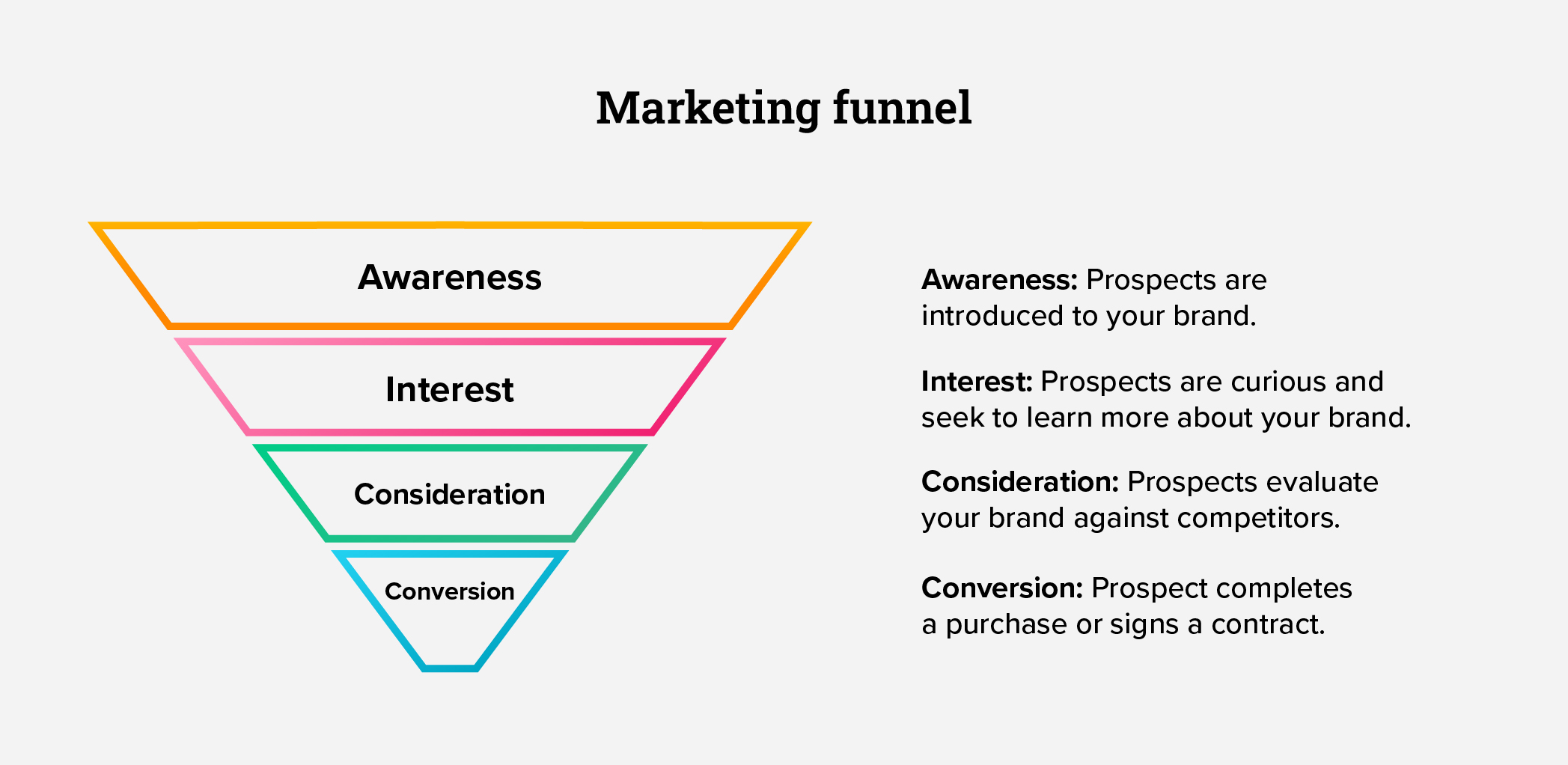
Optimize marketing touchpoints and invest in your landing page
Let’s face it—no one sees a single ad, clicks, and converts. In fact, most B2B buyers engage with at least 13 touchpoints before making a purchase. Every interaction before and after the click needs to count.
Today’s buyer journey isn’t linear. B2B customers move seamlessly across devices and channels and engage with your brand at different stages. You can bet that they expect a consistent, valuable experience at each touchpoint.
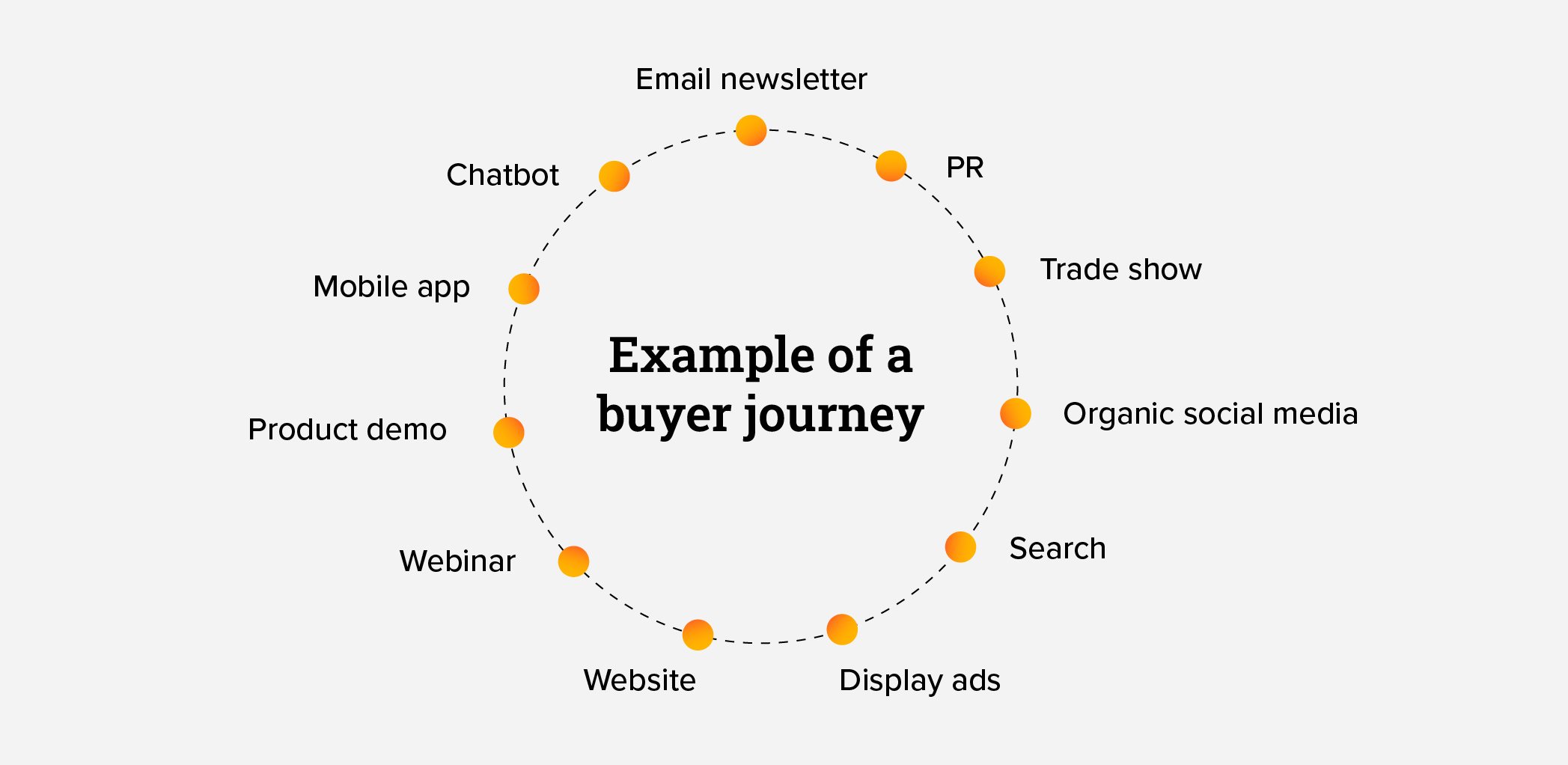
Map out key touchpoints, from your website and organic social media posts to email campaigns and content marketing. Your website is often the primary hub for potential customers, so invest in a user-friendly, well-optimized site. Ensure that any content is tailored and addresses key pain points that will keep your brand top-of-mind. Performance marketing tends to go south because there’s more investment in the campaign then there is on the quality of the destination you are leading people to.
Each interaction should offer an experience that resonates with your target audience. This might require breaking down silos to foster collaboration across departments, from marketing to sales and customer support.
Adopt a growth mindset
“Test, don’t guess” should be your motto. No campaign gets it right on the first try. Try to go to market with a creative mix. If you’re too afraid to experiment, you’ll miss out on optimization opportunities that could drive key results.
Try different creative approaches, emotional appeals, and ad formats to find what works best for your target audience. For example, emotions drive over 90% of consumer decision-making, but which emotional appeals resonate best with your brand’s audience? Similarly, 65% of B2B buyers turn to YouTube during their purchasing journey. Which YouTube formats are most effective for your specific campaign goals?
This mindset expands beyond your ads. Consider where you are driving your audience once they click on an ad and how you can understand and optimize their experience. At Stryve, we use marketing tools like Google Analytics 4, Clearbit, and Hotjar to analyze campaign performance and see where users are dropping off once they land on a site. Hotjar’s heatmaps and recordings, for instance, help you identify where improvements are needed on your landing page.
B2B performance marketing campaigns to inspire you
Some B2B brands have been knocking it out of the park with their campaigns. Here’s what’s setting them apart from the crowd.
Equitable, “Moments Matter”
Following a successful rebrand, this century-old mutual insurance firm launched a cross-platform video campaign to boost brand awareness following their rebrand. Shot like a docuseries, it shared authentic employee stories to humanize the company and differentiate Equitable in a traditional and formal industry.
Daggerwing, LinkedIn campaigns
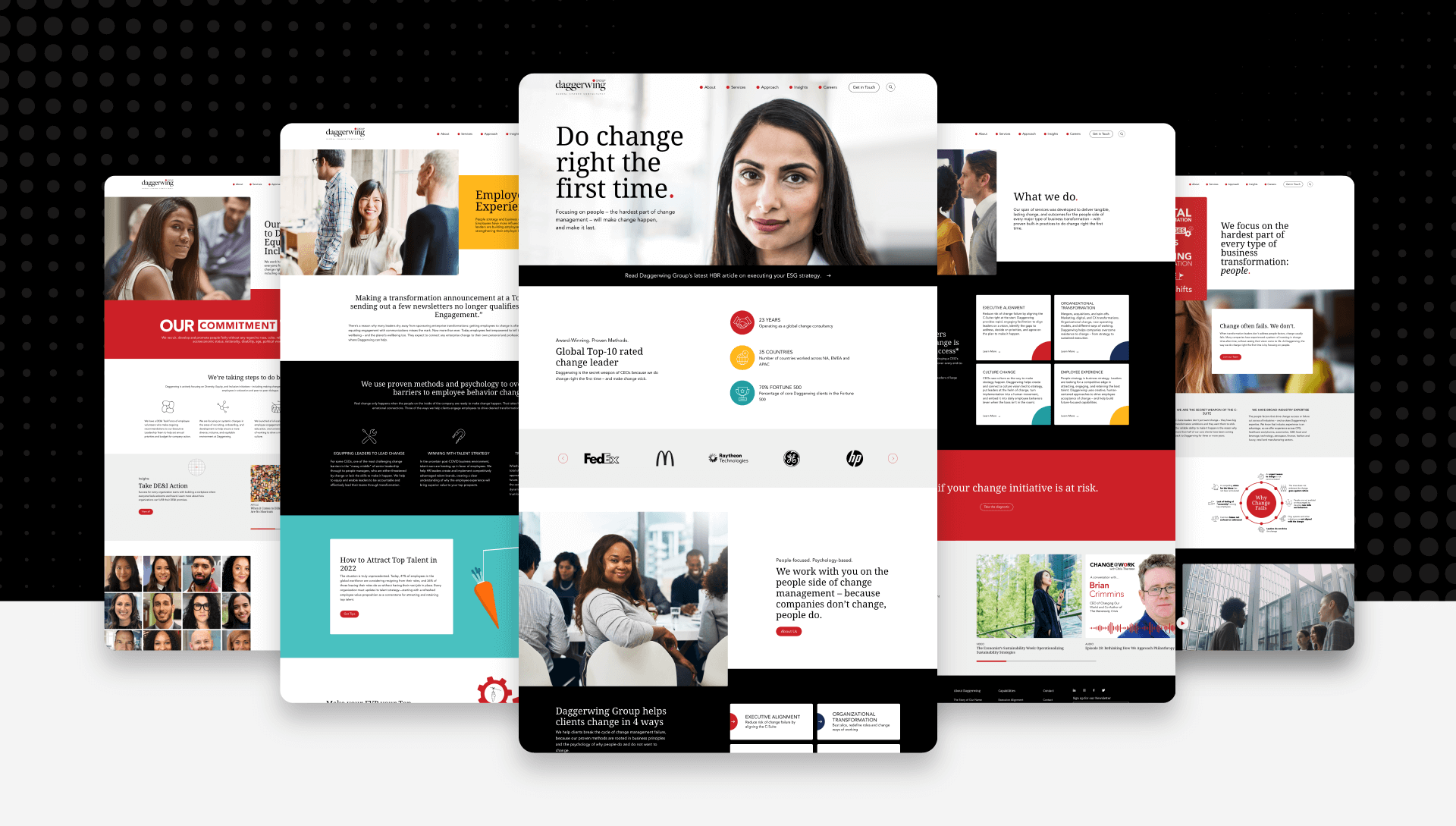
As a top 10 globally ranked consultancy, Daggerwing takes pride in their thought leadership in change management and organizational transformation. To amplify their content, Daggerwing leverages LinkedIn, with its precise targeting capabilities, to reach the right people at the right time. Using a mix of static and carousel ads, they drive traffic to their Content Hub, a rich resource of insights on their website. By staying consistent, Daggerwing sees high engagement from key decision-makers.
Ernst & Young, “Face of the Future”
Ernst & Young’s award-winning campaign introduced its new EY Trusted AI Platform, a tool designed to transform AI into actionable business insights. Given their audience’s fears around AI, the campaign sought to reframe the tool in an empowering light. The creative included over 200 team members enhanced by AI, emphasizing that people, not machines, are in control. The campaign directed users to ey.ai, where they could learn more about the platform and its benefits. Not only did Ernst & Young succeed in boosting product awareness, but the campaign also reinforced their reputation as a leader in innovation.
TeamViewer, “Find Your Better”
TeamViewer, a global tech company, faced a challenge: its connectivity platform needed to appeal to large enterprises, but the brand lacked global recognition. To change that, TeamViewer formed sponsorships with Manchester United FC and Mercedes-AMG Petronas F1, doubling brand awareness from 21% to 47% in under two years.
TeamViewer then capitalized on their newfound awareness with a video campaign rolled out on LinkedIn and YouTube media buys. The campaign showcased stories of how TeamViewer helps its sports partners excel, inviting businesses to consider how they too can “find their better.” As a result of the campaign’s success, TeamViewer experienced a lift in brand consideration and loyalty.
Meta, “Invisible Businesses”
Marketers worldwide are familiar with Meta Ads, but the advertising platform often falls off the radar for smaller businesses with tighter budgets. To address this, Meta launched a campaign featuring a series of films that spotlight small businesses from around the globe. The messaging was clear and simple, highlighting how Meta can increase visibility for any brand. The campaign reached 26 million small businesses and achieved a tenfold increase in ROI for Meta.
Survey Monkey, “Give the People What They Want”
In 2021, SurveyMonkey faced a dip in their market share. Their solution? They leaned into their core product offering and tuned in to their audience, discovering that business leaders were navigating challenging times.
This insight inspired a full-funnel campaign that spanned Google Display, TikTok, Spotify, iHeartMedia, and more. By exploring new marketing channels, SurveyMonkey expanded its audience reach while reinforcing its commitment to helping businesses “give [their audience] what they want.” Positioning SurveyMonkey as a solution-oriented brand paid off with a 3-5% increase in brand metrics and a 30% lift in global brand interest.
Spotify, “Wrapped for Advertisers”
In 2020, Spotify introduced a spin-off of their wildly successful Wrapped campaign—this time for advertisers. “Wrapped for Advertisers” shared insights on listening trends across demographics, locations, and seasons, helping brands plan more effective campaigns for the upcoming year. By recognizing the value of data for marketers, Spotify demonstrated value by offering a better understanding of their target audience. By the end of 2020, the tool attracted over 700,000 unique visitors, each spending more than 2 minutes on average.
Digital marketing efforts should be long-term
There are no quick wins in B2B marketing. To succeed, B2B marketers need to build a foundation of strong branding, optimize each touchpoint (aka their website) and have a meaningful message that resonates. As competition rises and budgets tighten, marketers need to prioritize sustainable growth over short-term gains.
